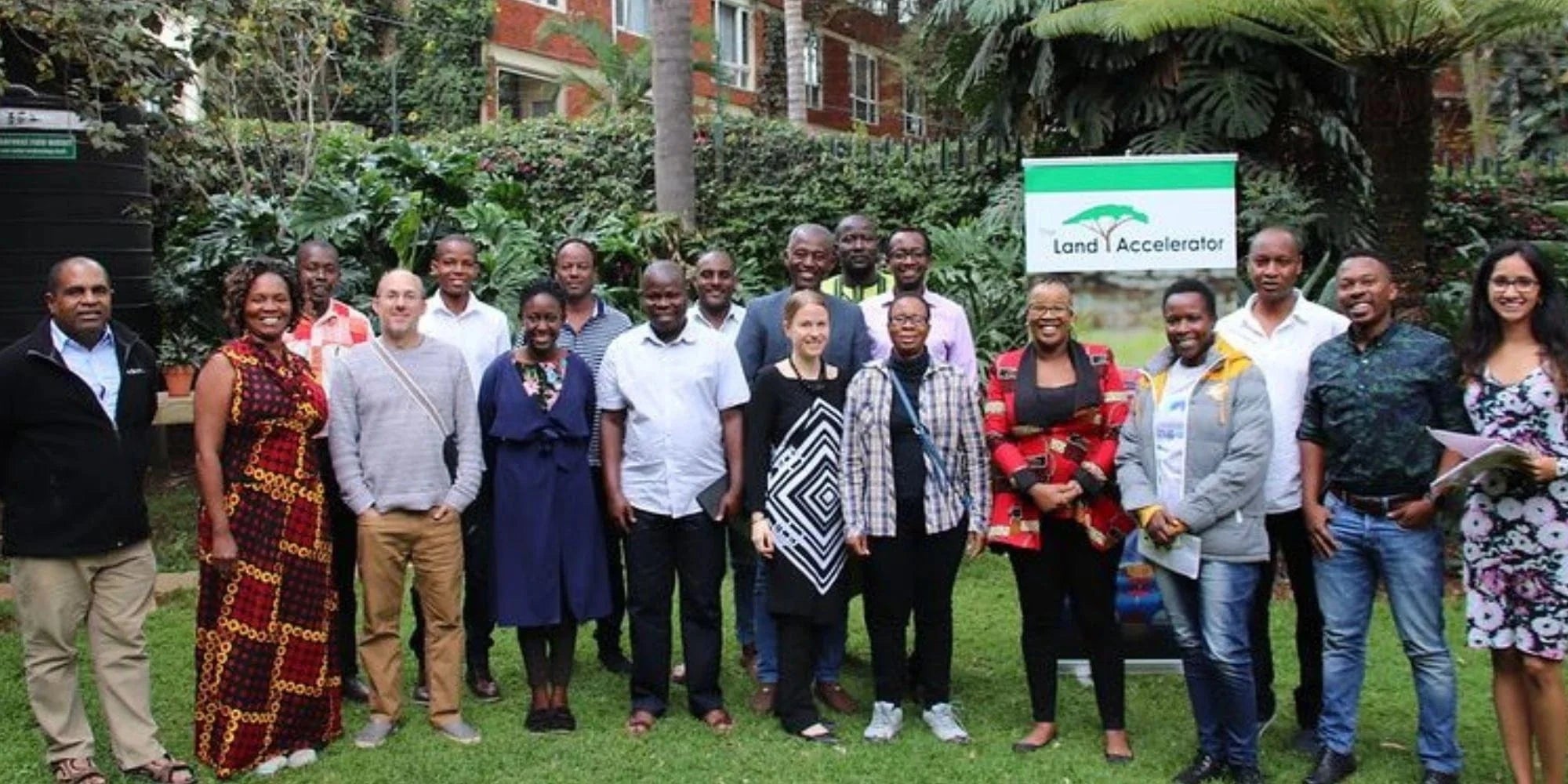How the Restoration Economy Can Incentivize Growing Trees

Get news, updates, & event Info delivered right to your inbox:
How do we simultaneously fight climate change and improve food security? Is there a way for us to protect wildlife while creating jobs? What about better air and water quality?
The answer: landscape restoration. Restoring degraded land by growing trees in forests and on farms not only benefits the environment, it is also a major economic opportunity for people living in rural areas. Trees that grow and protect crops like coffee and cocoa, for example, provide a lifeline for communities and help them tap into growing sustainable supply chains.
The global restoration movement has so far been led and funded primarily by governments that have pledged to restore over 170 million hectares of degraded land – an area the size of Libya – through alliances like AFR100 in Africa and Initiative 20x20 in Latin America and the Caribbean. But that political commitment hasn’t yet been matched by private sector excitement. To unlock that funding, restoration needs to deliver a financial return.
At WRI, we are working to make restoration profitable and capable of attracting private investment. By making the economic case, we are catalyzing a growing space with the potential to deliver significant financial, environmental, and social returns. The recent announcement of ambitious programs like the Priceless Planet Coalition, which aims to grow 100 million trees, and the global Trillion Trees coalition is giving the movement a new wind. And One Tree Planted added 4 million trees to landscapes just last year.
Fortunately, WRI is not working alone to build this new restoration economy. Hundreds of entrepreneurs – over 500 in Africa alone – are already hard at work aiming to make the restoration of land a practical and profitable endeavor. Some of these businesses are profiled in the Business of Planting Trees, a report from WRI and the Nature Conservancy.
But the path forward is not easy. The Roots of Prosperity report identified that there are serious barriers that these businesses need to overcome to scale up. In particular, entrepreneurs lack access to the capital, training, and mentoring they need to succeed, as well as the technical training that they need to pitch investors effectively, build strong business plans, and communicate about their work.


That’s why we created the Land Accelerator, a bootcamp for entrepreneurs whose businesses restore land, create jobs, and turn a profit. The 26 fellows in Africa that have completed the Land Accelerator, like Mavis Nduchwa of Kalahari Honey, whose business sells high-quality honey products grown under a canopy of trees in dry Botswana, have so far raised more than $500,000. To build on this momentum, we are continuing the Land Accelerator in Africa and expanding the program to Latin America and South Asia.
These entrepreneurs have inspired us to step up our effort to grow this economy, and we hope their stories can inspire you, too. Some of the world’s most innovative companies have come out of periods of crisis. If you have an idea for a business that heals the Earth, this is the moment where market opportunity meets planetary need. For a real restoration economy to bloom, we need thousands of people united to build a brighter future.
Applications are open for the Land Accelerator. Please go here for more details!
Get news, updates, & event Info delivered right to your inbox:
Related Posts
Real vs. Fake Christmas Trees: Which is Better For the Environment?
20/11/2025 by Meaghan Weeden
8 Reasons to be Grateful for Trees This Thanksgiving
18/11/2025 by Meaghan Weeden
The Ultimate Guide to Sustainable Holiday Gifting
13/11/2025 by Meaghan Weeden
Popular On One Tree Planted
What Causes Deforestation?
10/07/2025 by Meaghan Weeden
8 Amazing Bamboo Facts
14/01/2025 by Meaghan Weeden
Inspirational Quotes About Trees
09/01/2025 by Meaghan Weeden
Fundraising Disclosures

Be Part of the
Restoration Movement
The Grove is more than just a monthly giving program: it's a vibrant community of individuals who are dedicated to reforestation and environmental restoration on a global scale.
As a member of The Grove, you affirm your commitment to restoring forests, nurturing biodiversity, and fostering positive global change.





